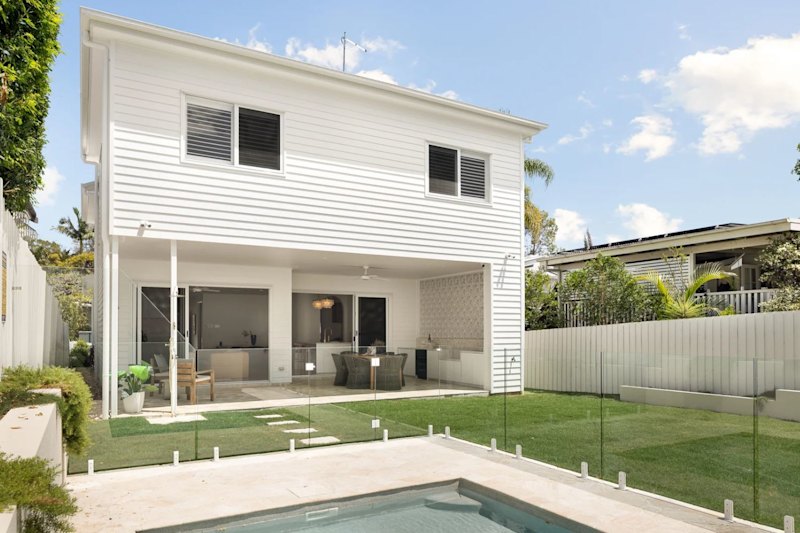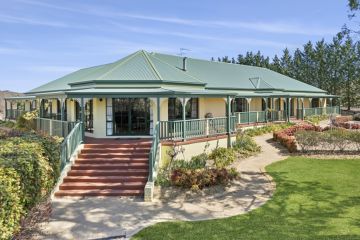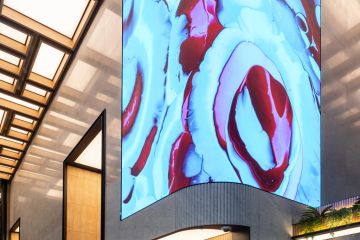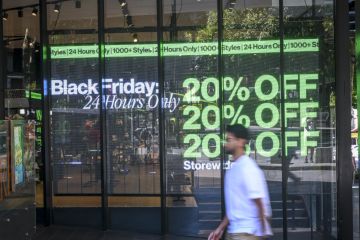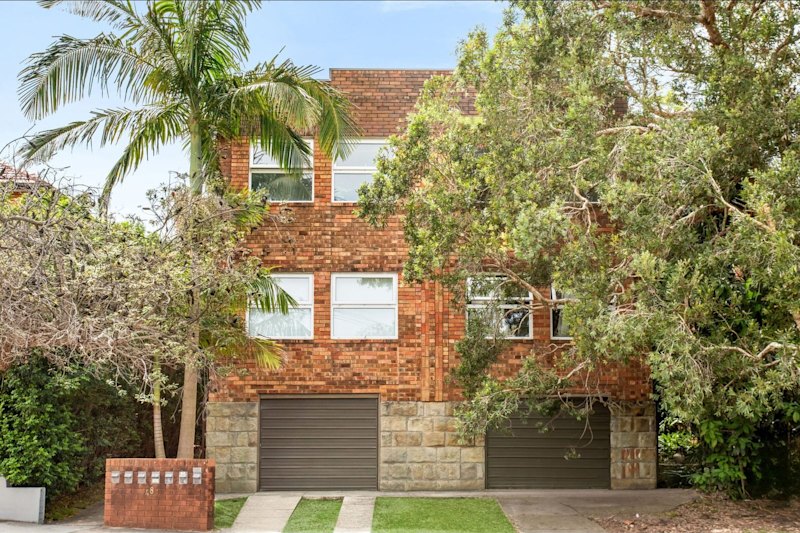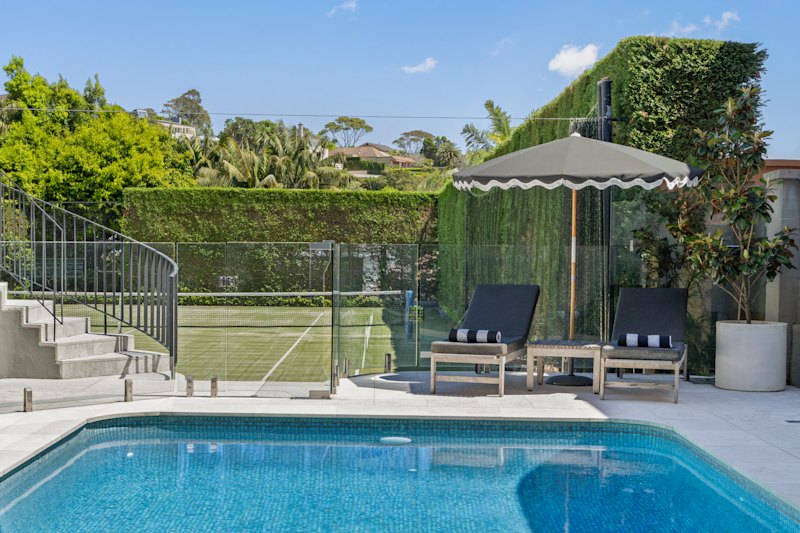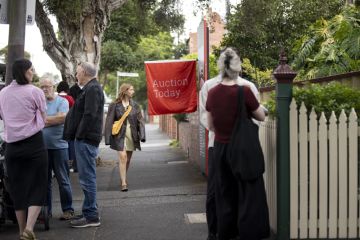Sydney's reality check

The boss of mortgage lender Aussie Home Loans, John Symond, sees two distinct Sydney residential markets during 2011.
Houses priced up to $1 million will be solid, while those pricier will continue to be soft.
Symond expects houses in the upper price range will continue selling at 20 per cent or more below their peak of a few years ago.
He suggests the Sydney market needed its cooling given previous growth levels were unsustainable and had been pricing many young people out of property ownership.
Overall he expects house prices this year will grow between 5 per cent and 8 per cent.
‘‘Banks continue to favour home lending over small businesses and commercial lending and that will fuel growth,’’ Symond says.
Forecasts by other market commentators aren’t as bullish. The chief economist at National Australia Bank, Alan Oster, predicts 1.5 per cent nationwide growth this year, having revised his forecast down from 5 per cent.
The ANZ property research analyst, Dylan Eades, suggests price gains will be more subdued.
‘‘House prices are taking a breather after a solid run-up, with the cyclical upswing in interest rates putting a cap on house prices,’’ Eades says. ‘‘I anticipate house prices to shift sideways over 2011.’’
Forecasting growth of 0.2 per cent for Sydney, Eades recently adjusted his estimate down from 2 per cent.
Greater western Sydney
The softening conditions have three key influences – rising mortgage rates, the lapse of the first home owners’ boost and the strong currency parlayed with tighter foreign investment rules.
But the common conclusion that Sydney is now a buyers’ market is disputed by the chief executive of Starr Partners, Douglas Driscoll.
‘‘I challenge the research houses who claim we are in a buyers’ market as in greater western Sydney it is very much a sellers’ market, albeit slightly less so than this time last year.’’
‘‘The supply-demand imbalance is the biggest issue affecting greater western Sydney in light of the constant inquiries and steady sales.’’
Driscoll says the trend is for first-home buyers to seek out houses at a similar price level as apartments in the inner suburbs.
First-home buyers
The number of first-home buyers will slowly pick up towards normal levels by the end of the year, according to a property analyst at BIS Shrapnel, Angie Zigomanis.
‘‘This should provide the impetus for stronger turnover as sales increase at the bottom of the market and encourage upgrader activity,’’ Zigomanis says.
‘‘BIS Shrapnel expects low- to mid-single-digit house price growth through Sydney for the calendar year – mostly concentrated in the latter half.
‘‘Stronger price growth may emerge in the more affordable suburbs of the west and south-west, as purchasers opt for prices that they can afford given the expectation of further interest rate rises.’’
Top-end woes
The prestige market shows few signs of price resurgence. Turnover is only just returning to levels that allow agents to supply prospective vendors with price estimates based on sufficient comparable sales.
But sellers who have already bought can be savaged. A Woollahra house sold last March at $10.25 million but was resold in November at $8.3 million, when $10.75 million wasn’t forthcoming on the vendors’ original Bronte house. It reflected a 19 per cent price drop in eight months.
Sensing the cooling waters, fashion designer Collette Dinnigan took wise counsel when she secured about $7.5 million for her redundant Paddington residence last weekend through the McGrath selling agents Ben Collier and James Dack. The property, which last traded at $4.1 million in 2002, fell short of the $7,775,000 suburb record and Dinnigan’s initial $10 million hopes in 2009.
But it wasn’t the calamity that beset another Paddington prestige listing, a three-level 1907 Hargrave Street emporium listed last March with $14 million hopes. It fetched $7.3 million in November. It had cost $4,625,000 in 2003, with subsequent $4 million council-approved renovation plans.
Smart prestige vendors now know they have to adjust their ambitious expectations to get a sale following the global financial crisis.
Sydney’s turn
Sydney has recorded comparatively slow price growth compared with other capital cities. Over the past five years, the average annual gain has been 4.3 per cent. That’s compared with a combined capital cities annual growth rate of 6.8 per cent, according to RP Data. It’s been 9.9 per cent in Melbourne.
Last year Sydney recorded the second-highest rate of growth of the capital cities at 6.6 per cent behind Melbourne’s 8.4 per cent.
An analyst at RP Data, Tim Lawless, expects national growth rates to subside. However, he wouldn’t be surprised if Sydney outperforms the broader market place given cyclical price patterns across the country.
‘‘Worsening undersupply is going to create upwards pressure,’’ Lawless says. ‘‘New dwelling commencements in NSW have remained relatively low … Population growth into NSW remains strong … The counterbalance to growth in the Sydney market is going to be affordability constraints.’’
The estate agent John McGrath is another who believes Sydney will do some catching up this year.
‘‘I believe we will see good growth across the Sydney market this year, culminating in above 5 per cent growth for most areas with the highest-demand suburbs seeing a 10 per cent capital growth,’’ McGrath says.
‘‘While many areas have fully recovered, especially at the lower end of the market, there has been little appreciation for several years.’’
Despite Sydney’s lower growth rate, prices are still higher than any other capital city. The latest December-quarter data puts the Sydney house median at somewhere between the $605,000 RP Data-Rismark estimate, Australian Property Monitors’ $637,000 median and Residex’s $673,000 median.
Sydney’s median sits 25 per cent higher than the combined capital average. It’s 10 per cent higher than the closest contenders, Canberra and Melbourne.
‘‘Such a high median price creates a barrier to market entry that will be difficult to overcome by many prospective buyers,’’ Lawless says.
Interest rates are key
The pause over the next three or four months in the interest rate cycle is likely to provide a bit of a boost to the housing market, according to the chief economist at AMP Capital Investors, Shane Oliver.
‘‘However, this is likely to be short-lived as interest rate hikes resume later this year… Rising interest rates will make already poor affordability even worse.’’
The flip side is the ongoing shortage of housing in Sydney, which will help prevent sharp price falls.
‘‘Overall I see a pretty flat outlook for average Sydney house prices over the year ahead,’’ Oliver says.
The general manager of Laing+Simmons, Leanne Pilkington, agrees, saying interest rates will be the most critical issue facing the market this year.
‘‘Rising interest rates have a dampening effect on demand, which in turn stifles price growth in the market,’’ she says.
With the likelihood of interest rate increases, Pilkington expects prices to remain stable in most segments.
‘‘While this is good news for people looking to purchase property, the news isn’t bad for vendors either,’’ she says. ‘‘A comparatively strong economy in a global sense and low unemployment rates underpin the market for property and vendors can still take their properties to market with confidence.’’
But Pilkington isn’t tipping investors to become more active, or a lot of price growth.
‘‘It is unsustainable for the market to achieve price growth year after year and the substantial growth experienced in recent times cannot be expected to continue unabated,’’ she says.
‘‘That being said, there will continue to be instances of outstanding prices achieved.’’
We recommend
We thought you might like
States
Capital Cities
Capital Cities - Rentals
Popular Areas
Allhomes
More
